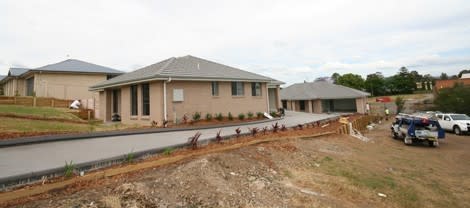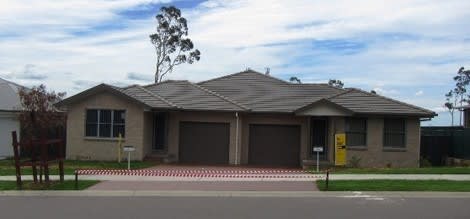Different sites for different types of dual occupancy projects: Jo Chivers
A dual occ is a dual occ right?
Well yes, but there are quite a few different ways to create a dual occupancy (dual occ) development.
Firstly, the definition of a dual occ is simply two dwellings on one allotment of land.
The dwellings may be houses that are attached or semi-attached. One house may be old or existing and you build a new dwelling, or you may move an older house onto land with a house on it already. Even adding a granny flat is determined as a dual occupancy. Or you may buy land where you build new dwellings.
A dual occ may consist of single or double story homes. The new dwellings may be houses, townhouses, villas or townhouses. They may be attached or detached. If attached, the dwellings make up part of a duplex. If detached, they will be known as freestanding.
At Property Bloom, we have developed so many dual occs that I’ve lost count. For our projects we look for three different types of development sites and they fall into three categories:
- Corner sites. We usually build single story freestanding villas or houses on a corner site with each dwelling facing a different street.
- Standard sites. We look for a minimum width of 20m and may build one freestanding villa behind the other. Usually accessed by a common driveway known as a ‘battleaxe’ handle. Or we will build a duplex – two attached villas which may face the street or the duplex may run length ways along the site.
- Dual streets frontage sites. Freestanding villas can be built, one facing each street, depending on the size of the site, we may also build a duplex if there is limited area to work with.
Below are photos of some different dual occupancy projects build on different sites.
Corner site dual occ with two freestanding villas each faces a different street:

Dual occ with freestanding villas and a common driveway:

Attached villas as part of a duplex on corner site:

Standard site with attached villas as part of a duplex:

Dual street site with existing house and plan shows the new dwelling:

Jo Chivers is director of Property Bloom, which manages property development.
